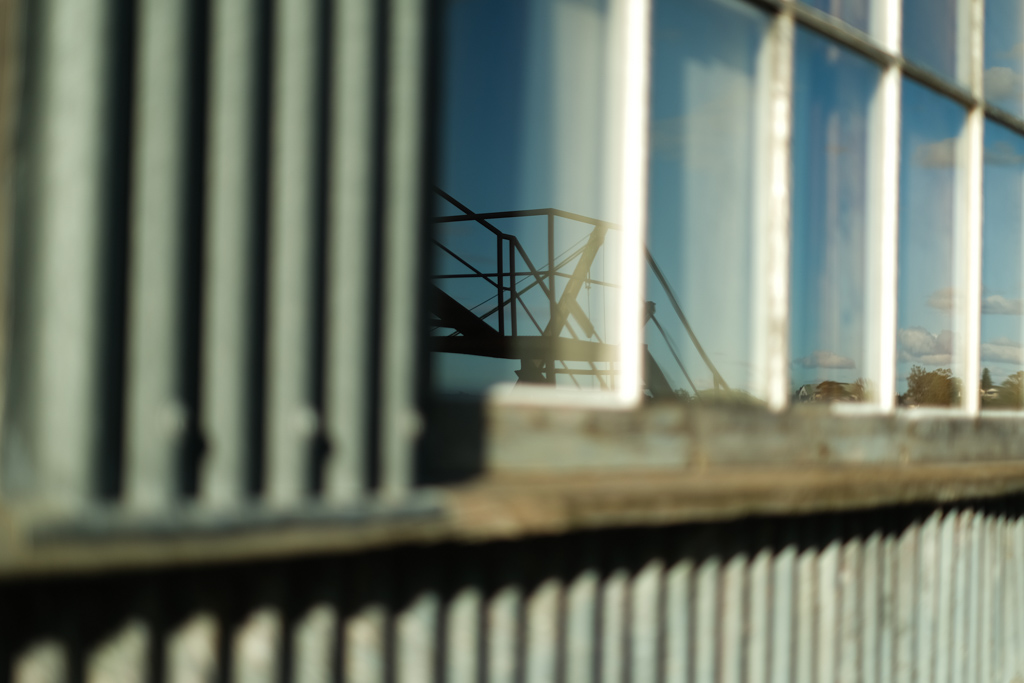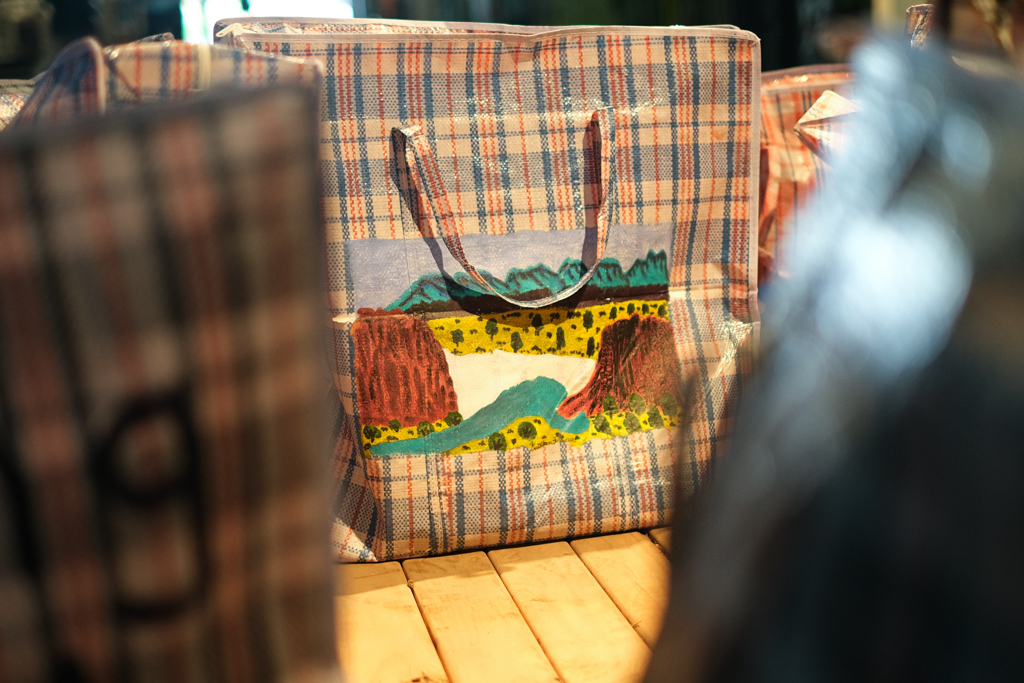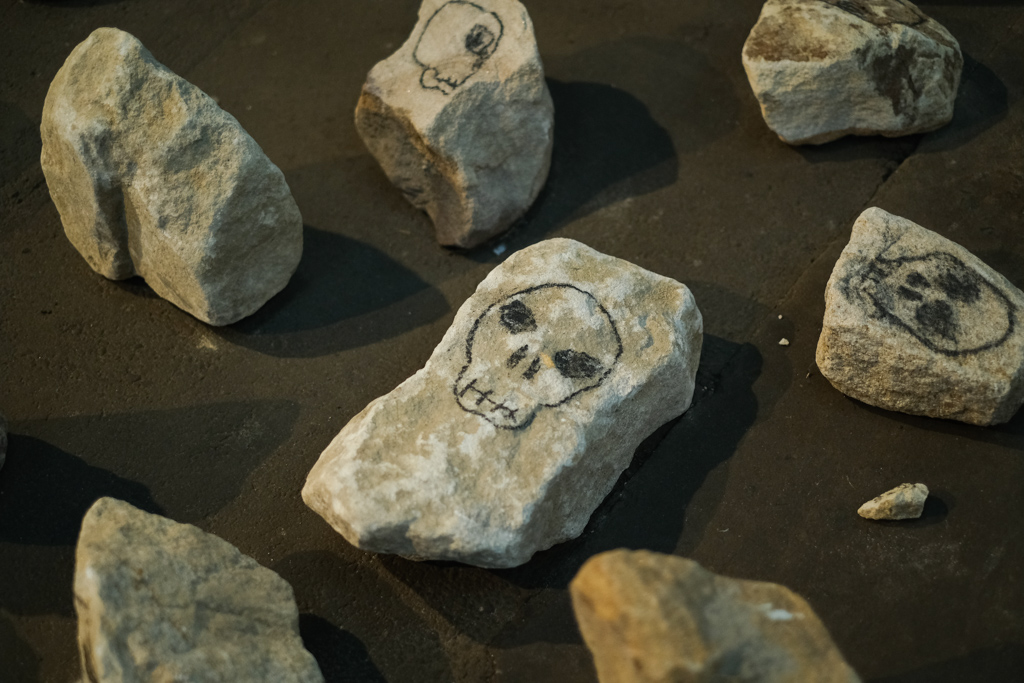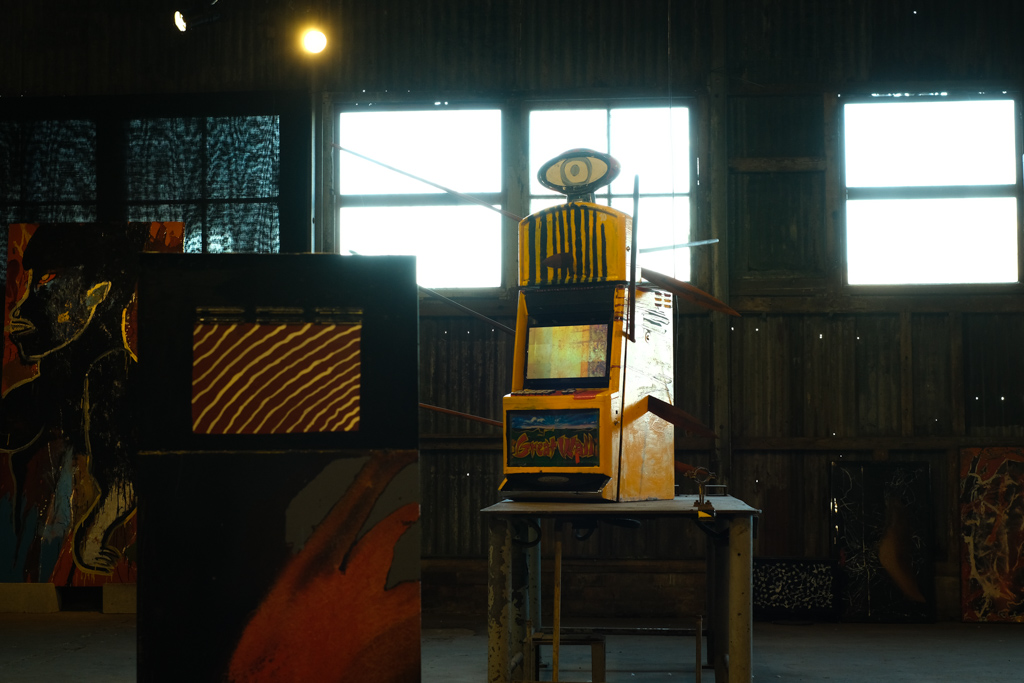Sydney Biennale “NIRIN” 2020 on Cockatoo Island.

My experience on Cockatoo Island at the @sydneybiennale has taken a handful of days to completely process. The titling theme “NIRIN” derives from the Wiradjuri people of central New South Wales, the place of origin of the festival’s artistic director, Brook Andrew. The heritage listed former convict prison, shipyard, and industrial school for girls offers a fascinating backdrop for the overarching theme of the festival – an analysis into the diversity of indigenous artists and cultures from all over the globe. The combination of cultural practices and ideas are embedded within the sandstone structures and industrial ephemera which remain on Sydney’s largest harbour island. These artworks present a delicate insight into concepts and perspectives of colonialisation and the continuing affects and injustices remaining in societies to this day. The current worldwide conversation of marginalised inequality sat at the forefront of my consideration of many of the diverse installations at the exhibition.

I found it challenging yet insightful – as a white privileged male from the heart of a western society metropolis – to continuously attempt to interpret the many culturally foreign themes of the exhibition; to better understand the true diversity of indigenous peoples, not only from Australia but from many other corners of the globe. How can the art of the Sydney Biennale act as a vessel for change/development/education for the uninformed? Can we visit an art show of this scale and leave with a heightened perspective of indigenous peoples and cultures? Of course we can. The curation of the installations takes you on a journey not only between the remains of a shameful colonial history but around the world to the vastly diverse worlds of indigenous peoples and their ideas of creation and art. To arrive by ferry and read “My grandmother was one of the last of the first peoples untouched by colonisation” (Melanie Mununggur; Djapu peoples of Darwin) bannered across the information facility presented a stark reminder of how recent it was that cultural atrocities took place on this soil.

At this time of lockdown and lessened work life I was able to visit the island on a Tuesday – the crowds I recalled from previous year where non-existent, allowing for a more elaborate viewing of each work. There was also a very positive energy around the island. I was joined by one friend from California and another from Bristol, UK, a fascinating mix of perspectives all of which originating from similar colonial ideologies. Our conversations were remarkably different from the that of a normal day off pub-chat, so to speak. We were sharing ideas and acknowledging the complexity of the installations all at a gradual, uninterrupted pace. We met an interesting man (pictured) at the heritage gardens looking over the work of Nicholas Galanin (Tlingit/Unangax̂ peoples, Alaska, USA) We had a deep discussion about the irony of Galanin’s work: a prospective burial site for Captain Cook’s Hyde Park Statue, a topical issue of recent city-wide demonstrations. The full-circle irony of burying the statue on an island which once housed the “worst of the worst” convicts extended into a conversation about how we can peacefully attempt to recover and make amends for the actions of the past – actions we as a generation were not present to be part of. This, among many other discussions throughout the day made me feel like progress both inside my head and in society is entirely possible. To discuss and acknowledge is to attempt, and with no attempt there is no progress.

I would wholeheartedly encourage any Sydney-sider to make a day trip to Cockatoo Island. If viewing art is not usually part of your day-off itinerary but you wish to move forward with the current worldly progression of equality and understanding of indigenous injustices and culture then you should make the trip.











